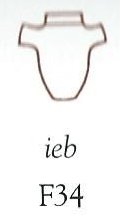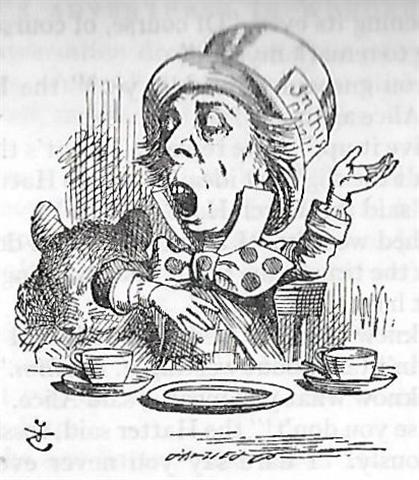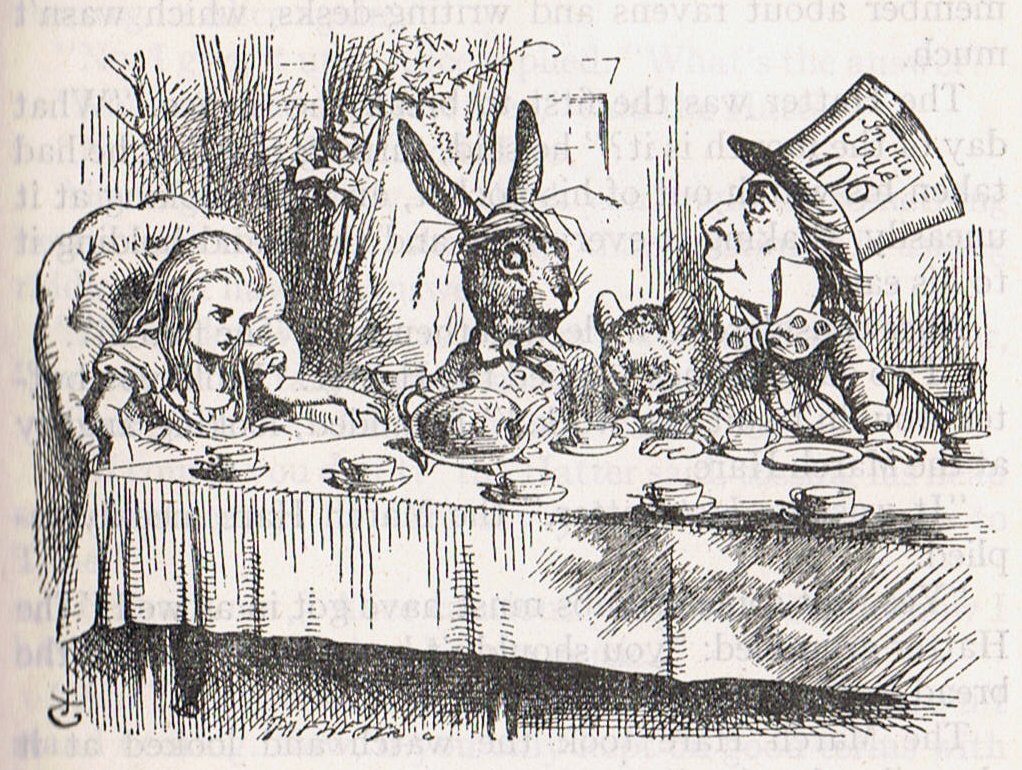235. Time flows and therefore time has to move in cycles. And therefore day 107 before Polaris - which once upon a time had been the 'heart' at 21 October (*214) - ought to be recycled 365 - 107 = 258 days after Polaris.
... Alpheratz, Alpherat, and Sirrah are from the Arabians' Al Surrat al Faras, the Horse's Navel, as this star formerly was associated with Pegasus, whence it was transferred to the Woman's hair; and some one has strangely called it Umbilicus Andromedae. But in all late Arabian astronomy taken from Ptolemy it was described as Al Rās al Mar'ah al Musalsalah, the Head of the Woman in Chains ... A navel is at the midline of the body. At an equinox the Sun is at the midline between the pair of halfyears. And a 'heart' was used at the bottom of an astronomer's plumb line in order to find the correct star positions ... ... In the inscriptions of Dendera, published by Dümichen, the goddess Hathor is called 'lady of every joy'. For once, Dümichen adds: Literally ... 'the lady of every heart circuit'. This is not to say that the Egyptians had discovered the circulation of the blood. But the determinative sign for 'heart' often figures as the plumb bob at the end of a plumb line coming from a well-known astronomical or surveying device, the merkhet. Evidently, 'heart' is something very specific, as it were the 'center of gravity' ... See Aeg.Wb. 2, pp. 55f. for sign of the heart (ib) as expressing generally 'the middle, the center'. And this may lead in quite another direction. The Arabs preserved a name for Canopus - besides calling the star Kalb at-tai-man ('heart of the south') ... Suhail el-wezn, 'Canopus Ponderosus', the heavy-weighing Canopus, a name promptly declared meaningless by the experts, but which could well have belonged to an archaic system in which Canopus was the weight at the end of the plumb line, as befitted its important position as a heavy star at the South Pole of the 'waters below'. Here is a chain of inferences which might or might not be valid, but it is allowable to test it, and no inference at all would come from the 'lady of every joy'. The line seems to state that Hathor (= Hat Hor, 'House of Horus') 'rules' the revolution of a specific celestial body - whether or not Canopus is alluded to - or, if we can trust the translation 'every', the revolution of all celestial bodies. As concerns the identity of the ruling lady, the greater possibility speaks for Sirius, but Venus cannot be excluded; in Mexico, too, Venus is called 'heart of the earth'. The reader is invited to imagine for himself what many thousands of such pseudo-primitive or poetic interpretations must lead to: a disfigured interpretation of Egyptian intellectual life ... ... it was probably no coincidence that 3-24 could be understood as day number 324 with 40 days remaining to day number 364. 3-24 + 40 = *83 + 40 = *123 ("July 22, 22 / 7 = 3.14). Similarly was February 14 (2-14) - All Hearts' Day - probably alluding to 3-14 (π) which in turn corresponded to 22 / 7 (203) at Taharoa ("July 22), i.e. the day before Rangi Meamea which at the time of the Bull had been at helical Sirius (in JUNE 30). 2-14 (*330) + 40 = *370 (= *740 / 2) ... ... His wife sang a dirge of lament, but did precisely as she was told, and in the morning she found her house surrounded by a perfect thicket of vegetation. 'Before the door,' we are told in Thomas Thrum's rendition of the legend, 'on the very spot where she had buried her husband's heart, there grew a stately tree covered over with broad, green leaves dripping with dew and shining in the early sunlight, while on the grass lay the ripe, round fruit, where it had fallen from the branches above. And this tree she called Ulu (breadfruit) in honor of her husband ... ... Rigel (β) was at the beginning of Orion with Bet-el-Geuze - the House of the Giant, a name derived from Ibt al Jauzah, the Armpit of the Central One - at the other side, on the brink of the River. Centrally located on the Giza plateau were 3 great pyramids, like three gigantic stones for creating a new fire. Ibt (armpit) ought to be i(e)b (heart) with suffix -t for female:
Thus glyph number 392 + 258 = 650 (= 25 * 26) on the C tablet should be the place which once upon a time had been day 36 (5 February) + 258 = 294 (21 October), viz. where the Sun reached Φ Sagittarii (*284.0 - *70 = *214):
Should we consider December 30 as the last day of the old year then December 31 would be the first day of the new year. However, as time flows the full measure of the first day will not occur until midnight at the beginning of January 1.
Metoro informed Bishop Jaussen that glyph 260 on side b of the C tablet had to be used when counting (hia). This was where the Full Moon reached Ain al Rami (the Eye of the Archer), similar to how the Sun reached the Eye (Ain) of the Bull at the first glyph on the G tablet:
Vai o ako could mean a song of praise for the sweet 'Water' (vai) which was the complementary part of the 'Fire'. ... He was moreover confronted with identifications which no European, that is, no average rational European, could admit. He felt himself humiliated, though not disagreeably so, at finding that his informant regarded fire and water as complementary, and not as opposites. The rays of light and heat draw the water up, and also cause it to descend again in the form of rain. That is all to the good. The movement created by this coming and going is a good thing. By means of the rays the Nummo draws out, and gives back the life-force. This movement indeed makes life. The old man realized that he was now at a critical point. If the Nazarene did not understand this business of coming and going, he would not understand anything else. He wanted to say that what made life was not so much force as the movement of forces. He reverted to the idea of a universal shuttle service. 'The rays drink up the little waters of the earth, the shallow pools, making them rise, and then descend again in rain.' Then, leaving aside the question of water, he summed up his argument: 'To draw up and then return what one had drawn - that is the life of the world' ... ... Five days of illumination, called the 'Lighting of the Flame' (which in the earlier reading of this miracle play would have followed the quenching of the fires on the dark night of the moon when the king was ritually slain), preceded the five days of the festival itself; and then the solemn occasion (ad majorem dei gloriam) commenced. The opening rites were under the patronage of Hathor. The king, wearing the belt with her four faces and the tail of her mighty bull, moved in numerious processions, preceded by his four standards, from one temple to the next, presenting favors (not offerings) to the gods. Whereafter the priesthoods arrived in homage before his throne, bearing the symbols of their gods. More processions followed, during which, the king moved about - as Professor Frankfort states in his account - 'like the shuttle in a great loom' to re-create the fabric of his domain, into which the cosmic powers represented by the gods, no less than the people of the land, were to be woven ... ...Tane, under his name of Tane-te-waiora, is the personified form of sunlight, and the waiora a Tane is merely an esoteric and emblematic term for sunligth. The word waiora carries the sense of health, welfare, soundness. In eastern Polynesia the words vai and vaiora mean 'to be, to exist'. Warmth, sayeth the Maori, is necessary to all forms of life, and the warmth emitted by Tane the Fertilizer is the waiora or welfare of all things. (Best) A straightforward translation of vai, though, is (sweet) water and ora means life. I.e. living-water of Tane. Spelling conventions makes Tane into Kane in Hawaii ... Centuries ago there lived in Hawaii-of-the-green-hills a chieftain whose name has been forgotten. He is known only by the place from which he came, Hawaii-loa, Far-away Hawaii. His home was on the coast of Kahiki-ku, Border-of-the-rising-Sun, which lay eastward of the region where mankind was first created, the Land-of-the-living-water of the god Kane ... ... when the new moon appeared women assembled and bewailed those who had died since the last one, uttering the following lament: 'Alas! O moon! Thou has returned to life, but our departed beloved ones have not. Thou has bathed in the waiora a Tane, and had thy life renewed, but there is no fount to restore life to our departed ones. Alas' ... ... The rays from the sun 'kills' a part of the cycle of the constellation. The stars are there, but cannot be seen. It is very much like when the new moon is still dark because it is in the sight line between the observer and the sun, bathing in 'vaiora a Tane' ... This was the place for the Mad Hatter's Tea-party:
'Twinkle, twinkle, little bat!' // How I wonder what you're at!'
... 'Tell us a story!' said the March Hare. 'Yes, please do!' pleaded Alice. 'And be quick about it', added the Hatter, 'or you'll be asleep again before it's done.' 'Once upon a time there were three little sisters', the Dormouse began in a great hurry: 'and their names were Elsie, Lacie, and Tillie; and they lived at the bottom of a well — ' 'What did they live on?' said Alice, who always took a great interest in questions of eating and drinking. 'They lived on treacle,' said the Dormouse, after thinking a minute or two. 'They couldn't have done that, you know', Alice gently remarked. 'They'd have been ill.' 'So they were', said the Dormouse; 'very ill'. Alice tried a little to fancy herself what such an extraordinary way of living would be like, but it puzzled her too much: so she went on: 'But why did they live at the bottom of a well?' 'Take some more tea [= t as in duration of time]', the March Hare said to Alice, very earnestly. 'I've had nothing yet', Alice replied in an offended tone: 'so I can't take more [<]'. 'You mean you can't take less [>]', said the Hatter: 'it's very easy to take more than nothing'. 'Nobody asked your opinion', said Alice. 'Who's making personal remarks now?' the Hatter remarked triumphantly. Alice did not quite know what to say to this: so she helped herself to some tea and bread-and-butter, and then turned to the Dormouse, and repeated her question. 'Why did they live at the bottom of a well?' The Dormouse again took a minute or two to think about it, and then said 'It was a treacle-well.' 'There's no such thing!' Alice was beginning very angrily, but the Hatter and the March Hare went 'Sh! Sh!' and the Dormouse sulkily remarked 'If you ca'n't be civil, you'd better finish the story for yourself.' 'No, please go on!' Alice said very humbly. 'I wo'n't interrupt you again. I dare say there may be one.' 'One, indeed!' said the Dormouse indignantly. However, he consented to go on. 'And so these three little sisters - they were learning to draw, you know —' 'What did they draw?' said Alice, quite forgetting her promise. 'Treacle', said the Dormouse, without considering at all, this time. 'I wan't a clean cup', interrupted the Hatter: 'let's all move one place on.' He moved as he spoke, and the Dormouse followed him: the March Hare moved into the Dormouse's place, and Alice rather unwillingly took the place of the March Hare. The Hatter was the only one who got any advantage from the change; and Alice was a good deal worse off than before, as the March Hare had just upsed the milk-jug into his plate ...
|
||||||||||||||||||||||||||||||||||||||||||||||||||||||||||||||||||||||||||||||||||||||||||||||||||||||||||||||||||||||||||||||||||||||||||||||||||||||||||||||||||||||||||||||||

















